Home>Maintenance & Safety>Home Maintenance Checklists>How To Get Rid Of Maggots In Trash Can Bleach?
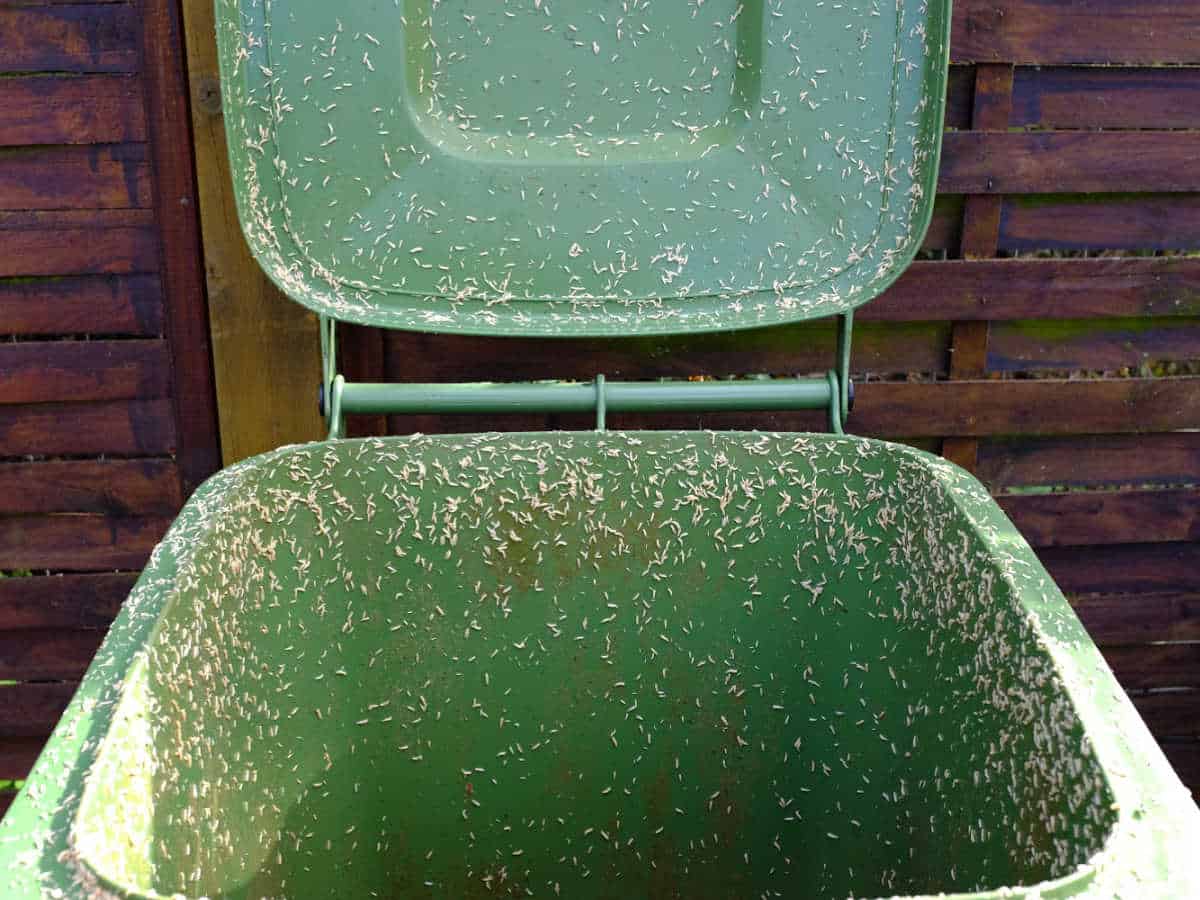

Home Maintenance Checklists
How To Get Rid Of Maggots In Trash Can Bleach?
Modified: August 17, 2024
Learn how to effectively use bleach to get rid of maggots in your trash can with our home maintenance checklist. Keep your home clean and pest-free!
(Many of the links in this article redirect to a specific reviewed product. Your purchase of these products through affiliate links helps to generate commission for Storables.com, at no extra cost. Learn more)
Introduction
Dealing with a maggot infestation in your trash can can be an unpleasant and distressing experience. These wriggling larvae, typically the offspring of flies, thrive in warm and moist environments, making your trash can an ideal breeding ground. However, there's no need to panic. With the right approach, you can effectively eliminate this issue and prevent a recurrence.
In this comprehensive guide, we'll delve into the use of bleach as a powerful solution for eradicating maggots from your trash can. Bleach, a common household disinfectant, not only eliminates maggots and their eggs but also helps neutralize odors and sanitize the trash can, creating an inhospitable environment for future infestations. We'll explore the process of using bleach safely and effectively, ensuring that your trash can remains clean and maggot-free.
So, if you're ready to tackle this challenge head-on and restore cleanliness to your outdoor or indoor waste management system, let's dive into the details of using bleach to bid farewell to those pesky maggots.
Key Takeaways:
- Say goodbye to maggots in your trash can by using bleach! It not only eliminates maggots and their eggs but also neutralizes odors and creates an inhospitable environment for future infestations.
- When using bleach to combat maggots, follow safety precautions, dilute properly, and apply it systematically. This powerful solution helps maintain a clean and sanitary trash can.
Read more: How Do You Get Rid Of Maggots In A Trash Can
Understanding the Maggot Problem
Before delving into the solution, it's essential to understand the root of the maggot infestation in your trash can. Maggots are the larval stage of flies, and they thrive in environments rich in organic matter, warmth, and moisture. When flies are attracted to the odors emanating from your trash can, they lay their eggs in the decaying organic waste, giving rise to a maggot infestation.
These wriggling larvae not only pose a hygiene concern but also contribute to the acceleration of waste decomposition. While their role in nature is beneficial, aiding in the breakdown of organic matter, their presence in a domestic setting is undesirable and unsanitary.
Maggots are not only a nuisance but also an indication of inadequate waste management. To effectively address the maggot problem, it's crucial to adopt a comprehensive approach that includes proper waste disposal practices, regular cleaning and maintenance of the trash can, and the use of effective eradication methods.
By gaining insight into the behavior and life cycle of maggots, you can implement targeted strategies to eliminate them and prevent future infestations. Now that we have a clearer understanding of the maggot problem, let's explore how bleach can be harnessed as a potent tool in combating this issue.
Using Bleach to Get Rid of Maggots
Bleach, a powerful disinfectant and sanitizer, is a versatile solution for eliminating maggots from your trash can. Its potent properties not only eradicate existing maggots but also deter flies from laying eggs in the treated area. When applied correctly, bleach effectively disrupts the maggot life cycle and helps maintain a hygienic waste management environment.
One of the key advantages of using bleach is its ability to neutralize odors emanating from the trash can. The pungent smells associated with decaying organic matter can attract flies and contribute to the persistence of maggot infestations. By deodorizing and sanitizing the trash can, bleach plays a pivotal role in deterring flies and breaking the cycle of infestation.
Furthermore, bleach serves as an effective agent for killing bacteria and other pathogens present in the waste, thereby reducing the risk of contamination and promoting a cleaner and safer environment.
When using bleach to combat maggots, it’s important to exercise caution and follow proper application methods to ensure optimal results without compromising safety. By incorporating bleach into your waste management routine, you can effectively address the maggot problem and maintain a clean and sanitary trash can.
Now that we’ve highlighted the efficacy of bleach in eradicating maggots, let’s explore the step-by-step process of using bleach in your trash can to effectively eliminate these unwanted visitors.
Mix 1 part bleach with 4 parts water. Pour the solution over the maggots in the trash can. Let it sit for 30 minutes, then rinse with water. Repeat if necessary.
Steps for Using Bleach in Trash Can
Implementing bleach to eliminate maggots from your trash can involves a systematic approach to ensure thorough eradication and sanitation. Follow these steps to effectively utilize bleach in combating the maggot infestation:
- Empty the Trash Can: Begin by removing all trash and debris from the can. This step is essential to gain access to the entire interior for thorough cleaning and treatment.
- Rinse the Trash Can: Use a hose or bucket of water to rinse the interior of the trash can thoroughly. This helps dislodge any remaining organic matter and prepares the surface for the application of bleach.
- Prepare the Bleach Solution: In a well-ventilated area, prepare a solution of water and bleach. A recommended ratio is one part bleach to four parts water. This diluted solution is potent enough to effectively eradicate maggots and sanitize the trash can without causing damage.
- Apply the Bleach Solution: Carefully pour the bleach solution into the trash can, ensuring that all interior surfaces are coated. Use a long-handled brush or mop to spread the solution evenly and reach into corners and crevices where maggots and residue may be present.
- Allow Dwell Time: Let the bleach solution sit in the trash can for at least 30 minutes. This dwell time allows the bleach to penetrate and disinfect the surfaces, effectively targeting maggots, eggs, and bacteria.
- Rinse and Air Dry: After the dwell time, thoroughly rinse the trash can with clean water to remove the bleach solution. Allow the trash can to air dry in direct sunlight, if possible, as sunlight further aids in disinfection and deodorization.
- Monitor and Maintain: Regularly monitor the trash can for any signs of maggot resurgence. Implement proper waste disposal practices to prevent future infestations, and consider periodic bleach treatments to maintain cleanliness and deter flies.
By following these steps diligently, you can harness the power of bleach to effectively eliminate maggots and create an inhospitable environment for their return. However, it’s crucial to prioritize safety when handling bleach and to adhere to recommended precautions throughout the process.
Safety Precautions
While bleach is a potent tool for eradicating maggots and sanitizing your trash can, it’s essential to prioritize safety when handling this chemical. Adhering to the following safety precautions will ensure that you can effectively utilize bleach while minimizing potential risks:
- Protective Gear: When working with bleach, wear protective gear such as rubber gloves and safety goggles to shield your skin and eyes from potential contact with the solution.
- Ventilation: Always work in a well-ventilated area to prevent the inhalation of bleach fumes. Open windows and doors to promote air circulation during the application and rinsing process.
- Avoid Mixing: Never mix bleach with other cleaning products, particularly those containing ammonia, as this can produce toxic fumes. Use bleach independently and store it away from other chemicals.
- Keep Children and Pets Away: Ensure that children and pets are kept away from the area where bleach is being used. Store bleach safely out of reach of children and animals.
- Proper Dilution: Follow recommended guidelines for diluting bleach to ensure its effectiveness while minimizing potential damage to surfaces and exposure risks.
- Dispose of Unused Solution: After using the bleach solution, dispose of any remaining liquid safely and in accordance with local regulations. Do not pour it down drains or mix it with other substances.
- First Aid Preparedness: In the event of accidental exposure to bleach, ensure that you have access to first aid supplies and know the appropriate steps to take, such as rinsing skin or eyes thoroughly with water.
- Read and Follow Instructions: Prior to using bleach, carefully read and follow the instructions on the product label. Understanding proper usage and safety guidelines is crucial for responsible application.
By incorporating these safety precautions into your approach, you can confidently utilize bleach as a powerful tool for addressing maggot infestations while safeguarding your well-being and that of your household. With a mindful and cautious approach, you can effectively harness the benefits of bleach in maintaining a clean and hygienic waste management system.
Conclusion
Dealing with a maggot infestation in your trash can can be a challenging and unpleasant experience, but with the right approach, you can effectively address this issue and prevent its recurrence. By understanding the behavior of maggots and implementing targeted solutions, you can maintain a clean and sanitary waste management system.
Bleach emerges as a potent ally in the battle against maggots, offering not only the ability to eradicate these unwanted visitors but also to sanitize and deodorize the trash can, creating an inhospitable environment for future infestations. Its multifaceted benefits make it a valuable tool in maintaining cleanliness and promoting a hygienic living space.
By following the steps for using bleach in your trash can, from thorough cleaning to the application of a diluted bleach solution, you can effectively eliminate maggots and create an environment that deters their return. Additionally, prioritizing safety precautions when working with bleach is crucial for safeguarding your well-being and that of your household.
As you take proactive steps to address the maggot problem, it’s important to also consider preventive measures such as proper waste disposal practices, regular cleaning and maintenance of the trash can, and ongoing monitoring for signs of infestation. By adopting a comprehensive approach, you can minimize the likelihood of future maggot occurrences and maintain a clean and odor-free waste management system.
Ultimately, the use of bleach in combating maggots in your trash can exemplifies the power of informed and targeted solutions in addressing household challenges. With a combination of knowledge, proactive measures, and the right tools, you can effectively overcome the maggot problem and enjoy a clean and hygienic living environment.
So, armed with the insights and strategies outlined in this guide, you can confidently bid farewell to those pesky maggots and reclaim cleanliness and order in your waste management routine.
Now that you've tackled maggot infestations in your trash can, why not extend your expertise to other common household pests? If you're tired of battling pantry moths, our next guide offers expert advice on effective pest control strategies. Don’t let these unwelcome visitors ruin your pantry staples. Learn how to maintain a moth-free kitchen today!
Frequently Asked Questions about How To Get Rid Of Maggots In Trash Can Bleach?
Was this page helpful?
At Storables.com, we guarantee accurate and reliable information. Our content, validated by Expert Board Contributors, is crafted following stringent Editorial Policies. We're committed to providing you with well-researched, expert-backed insights for all your informational needs.
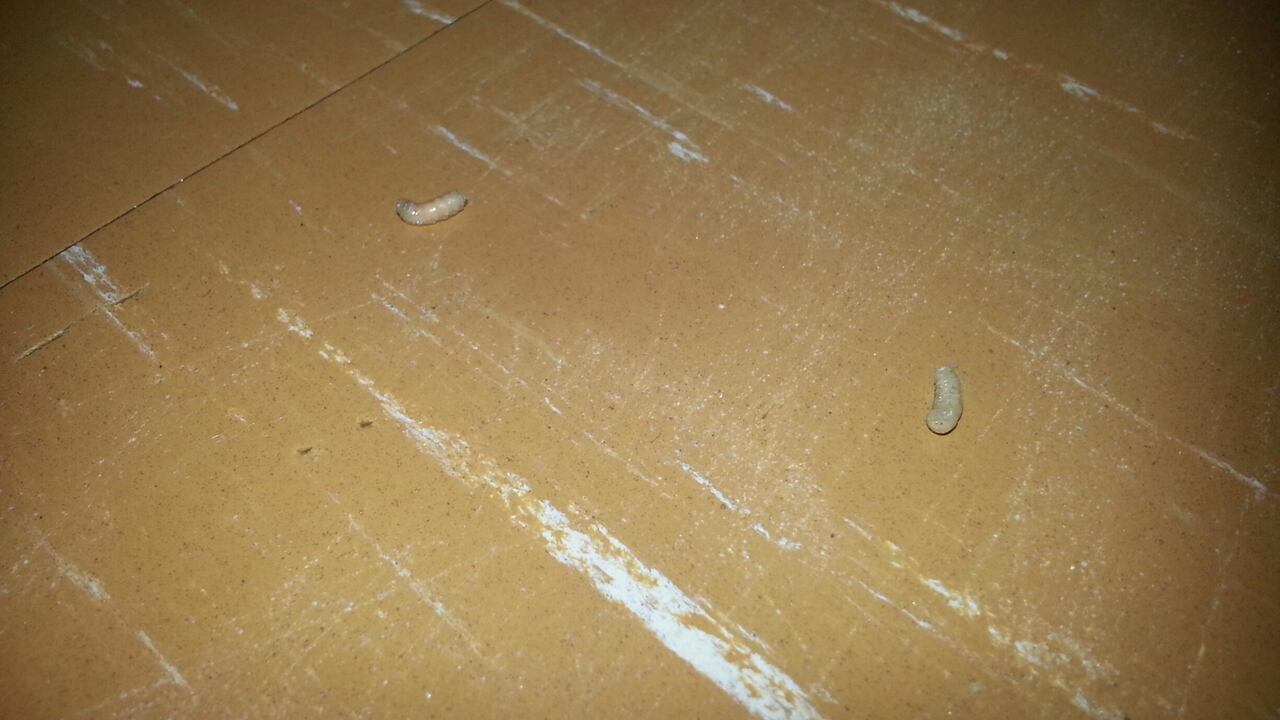
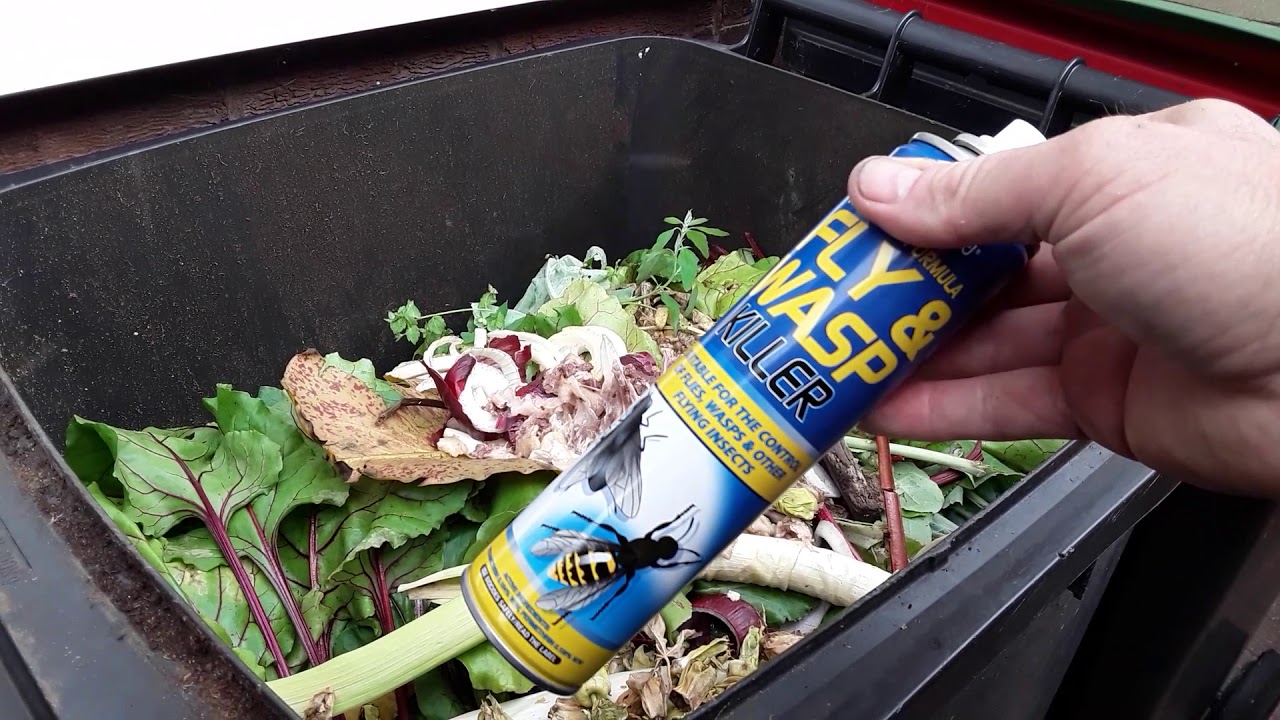

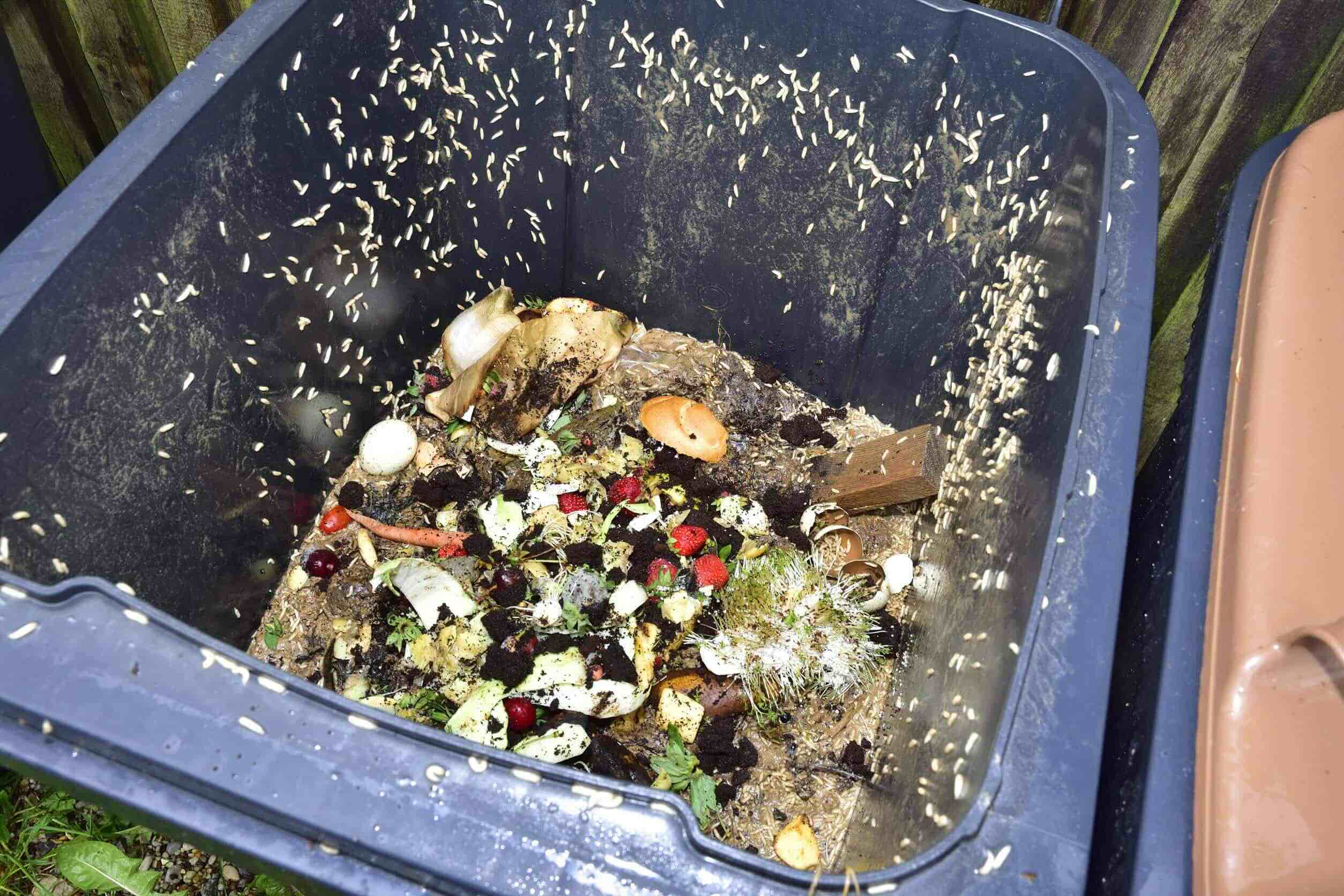
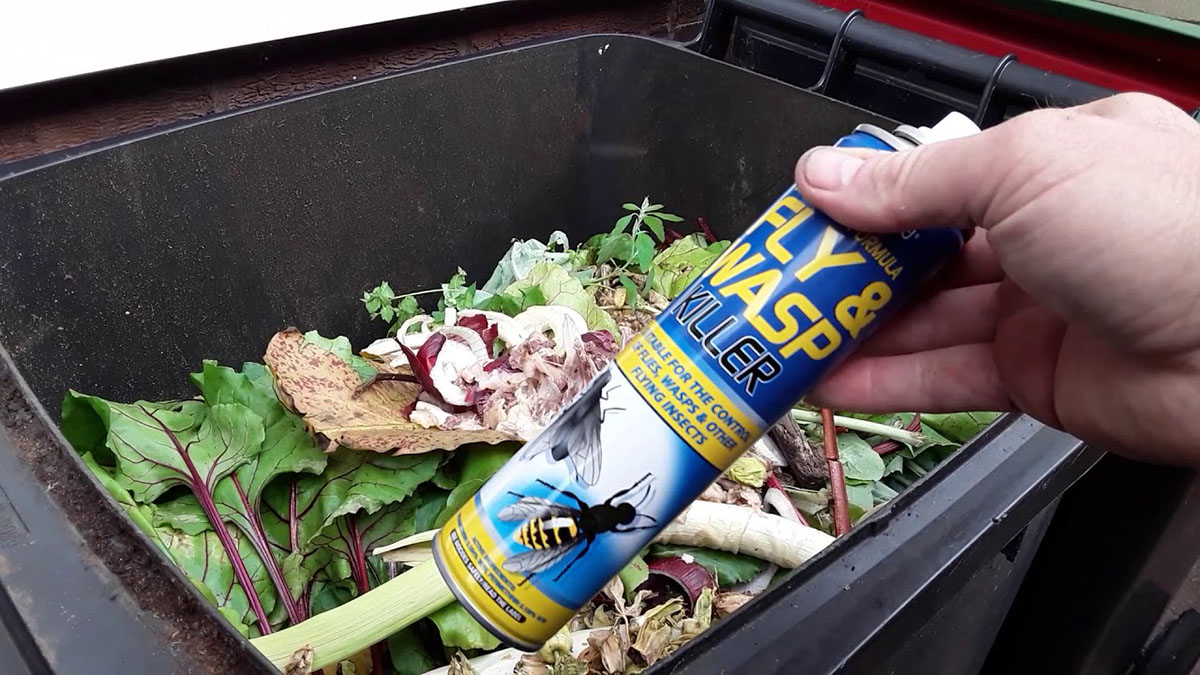
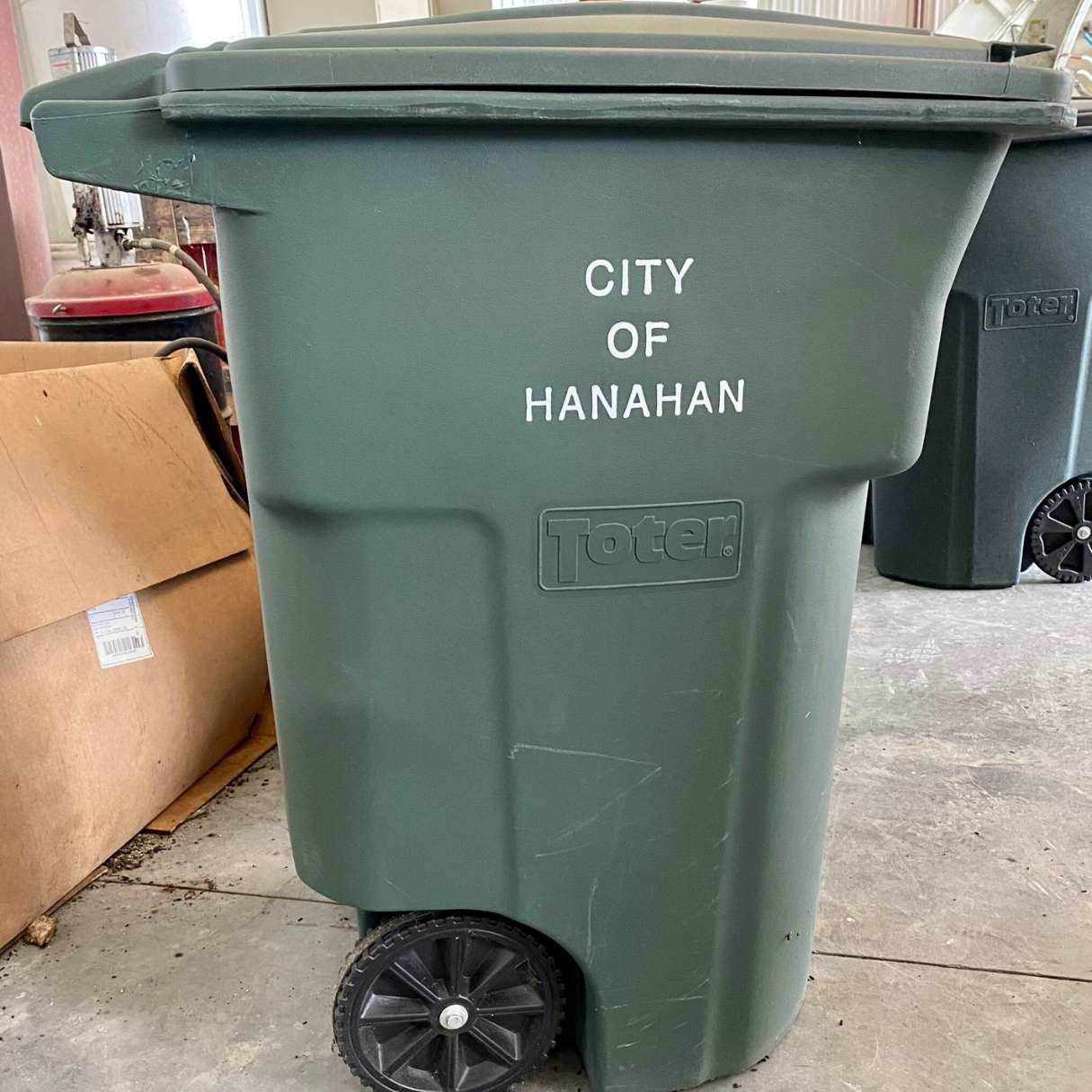
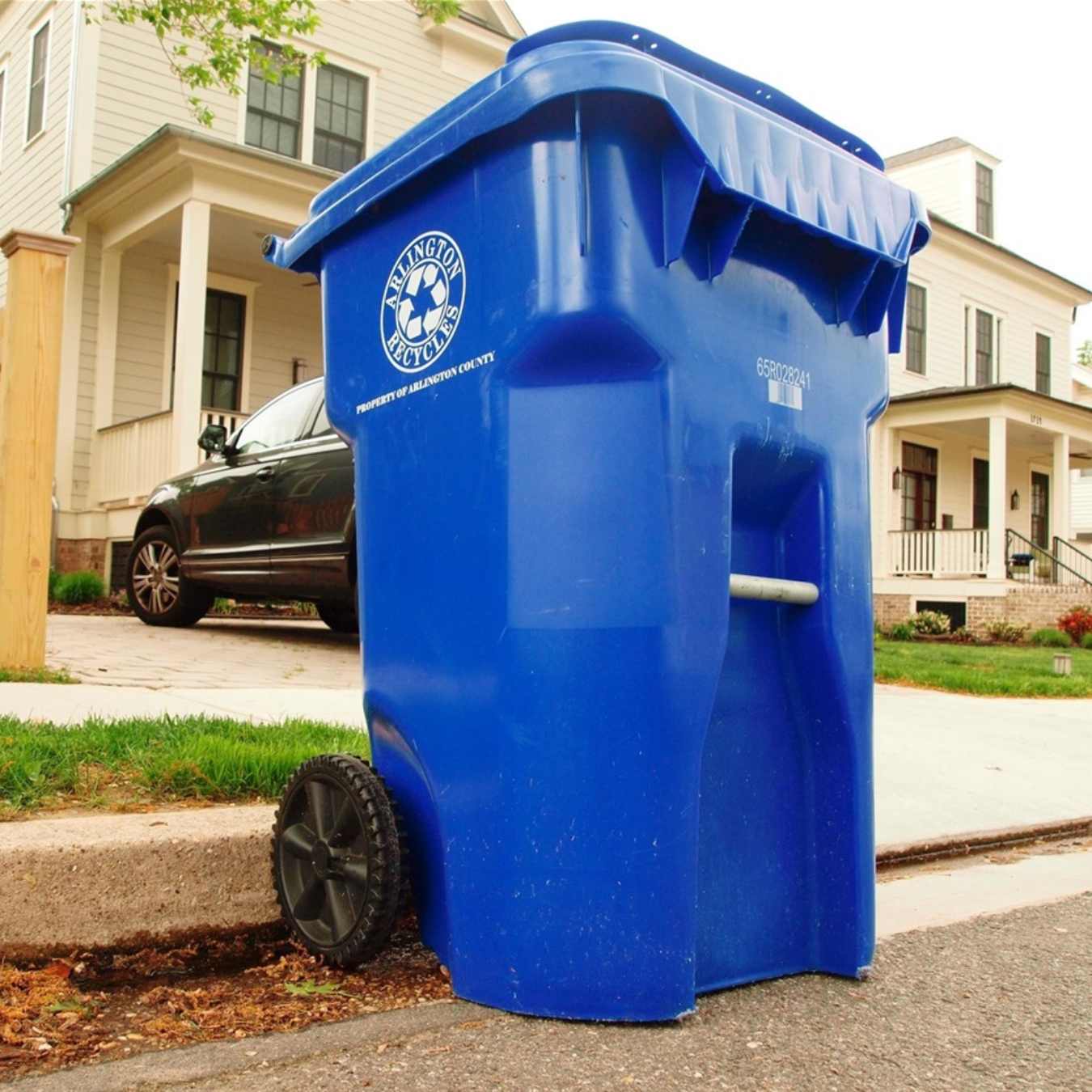
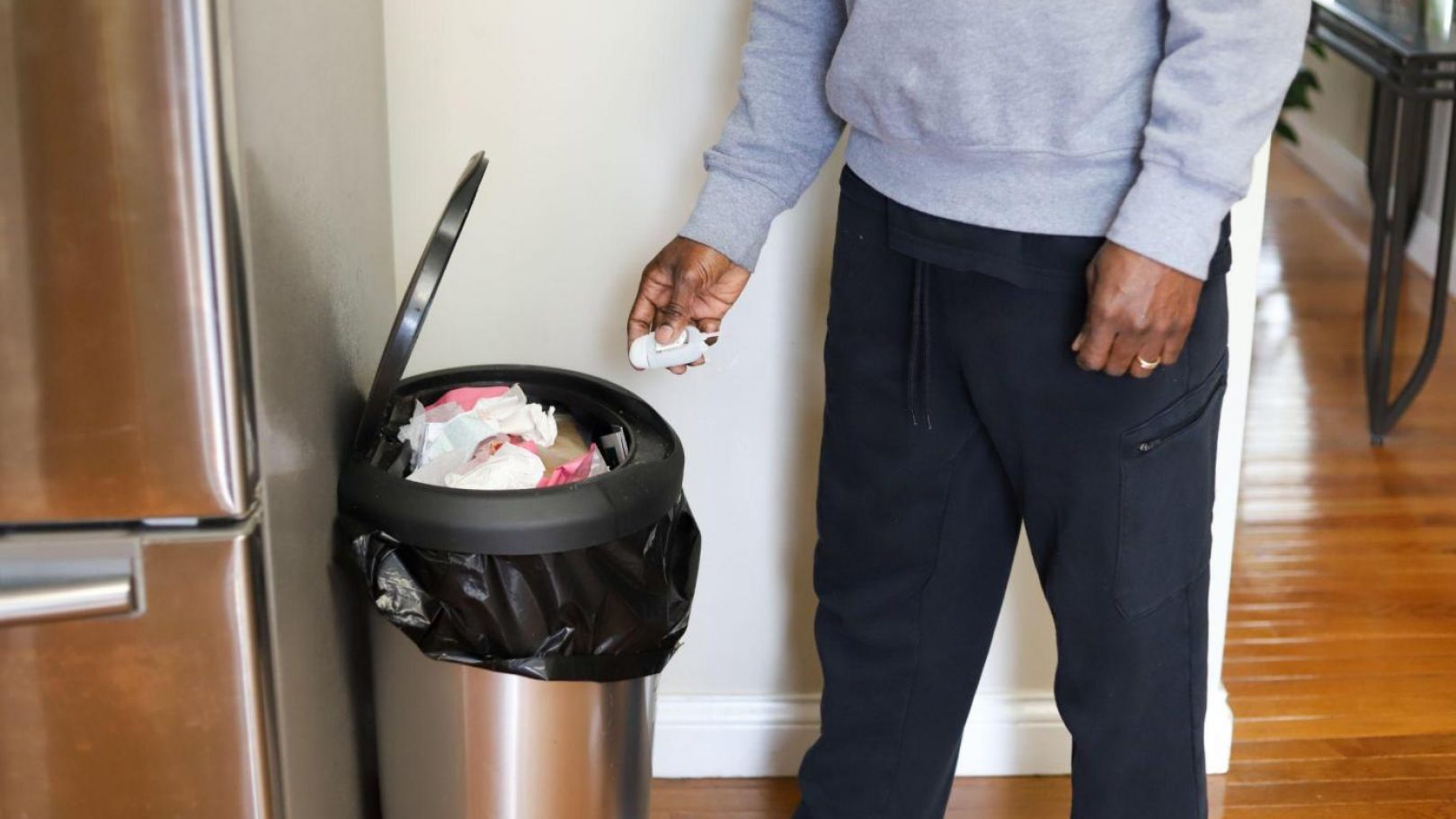
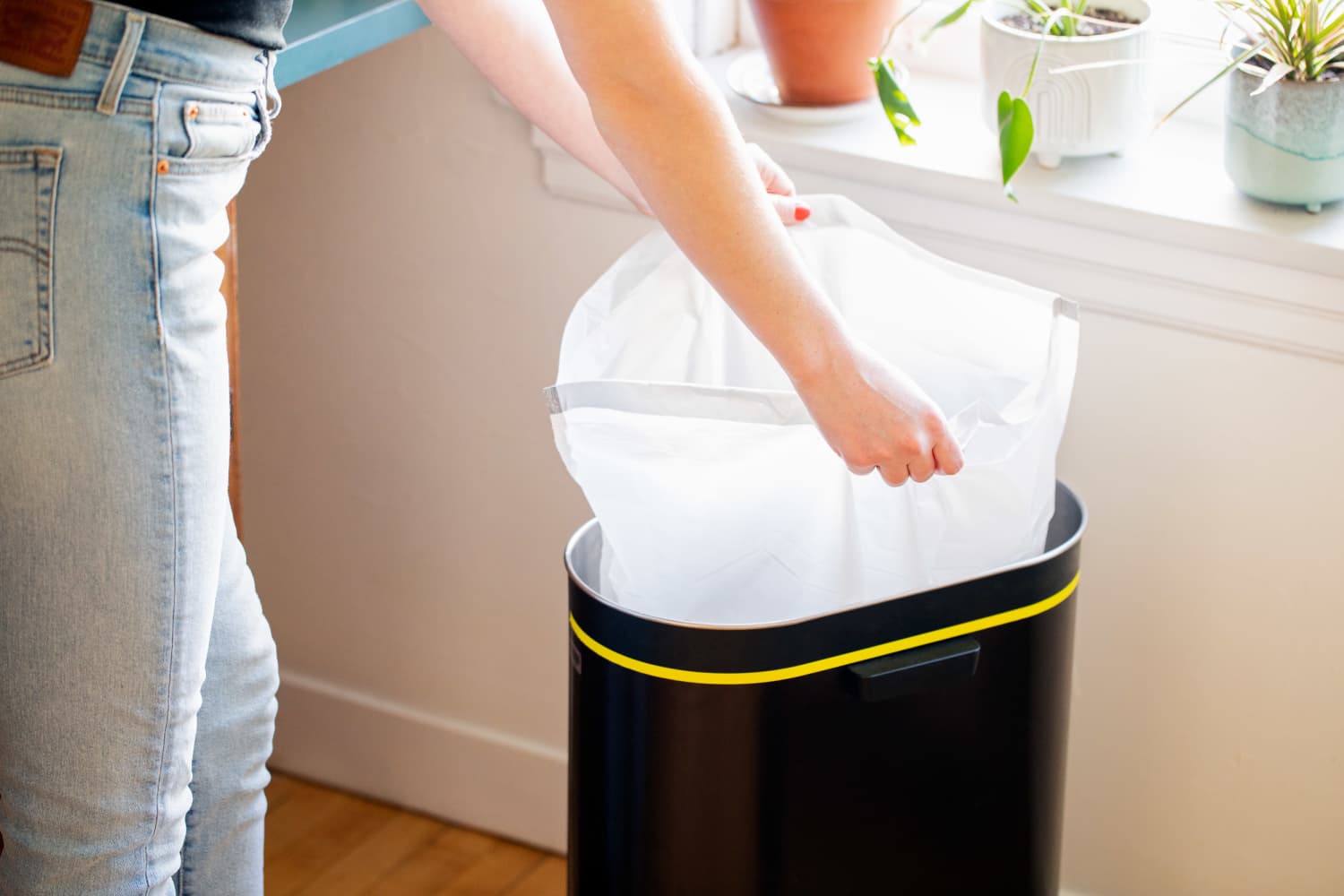
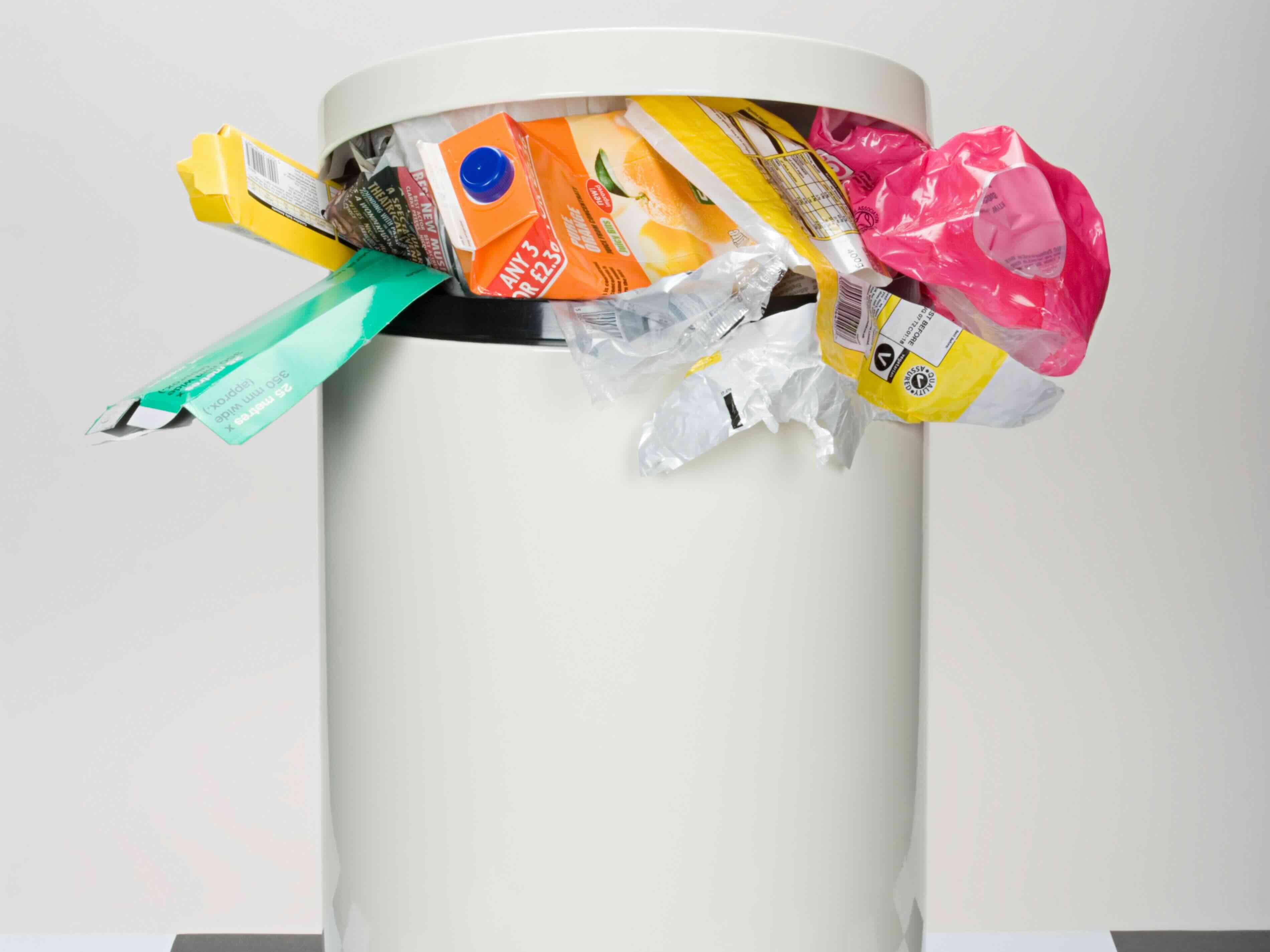
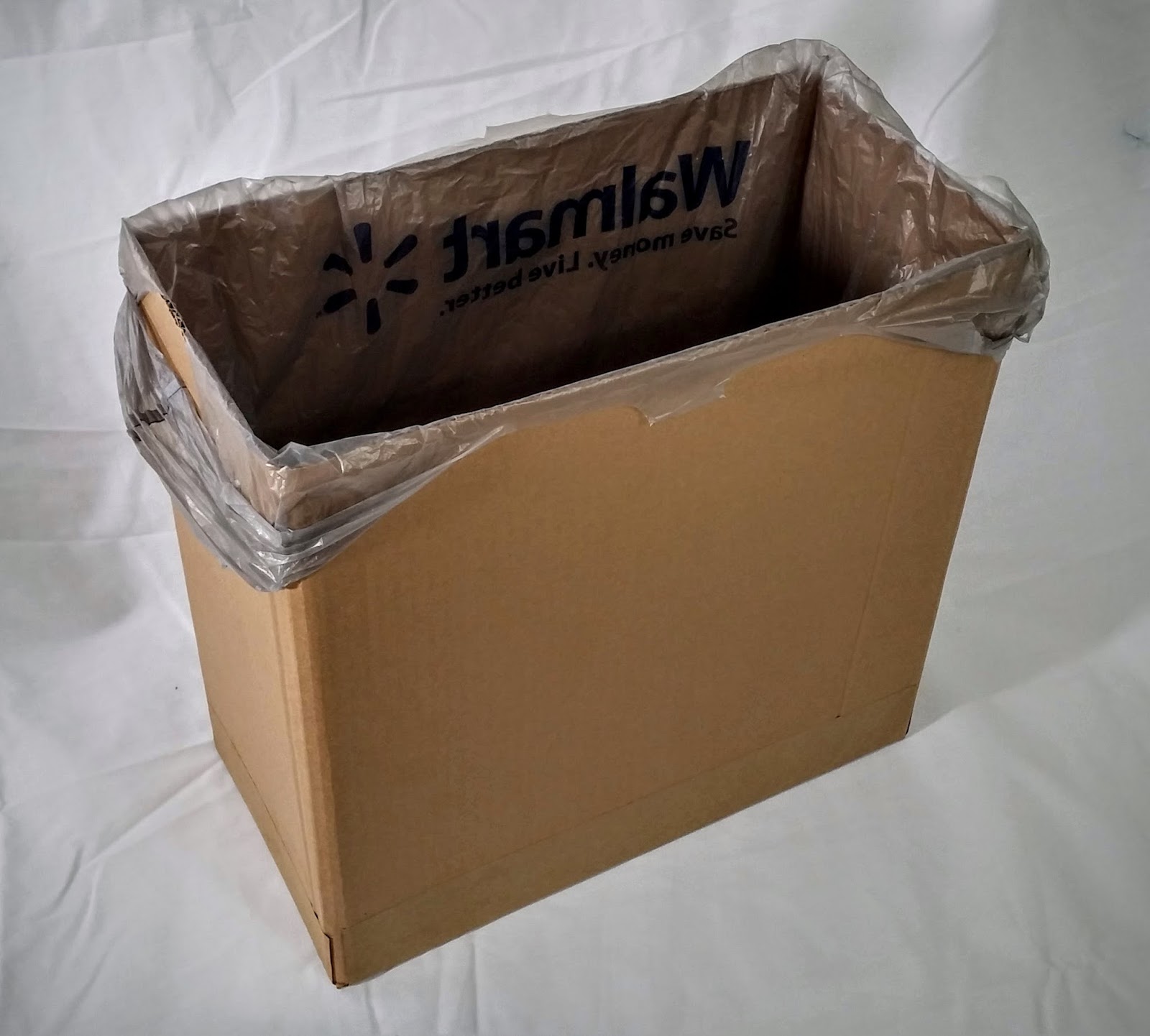
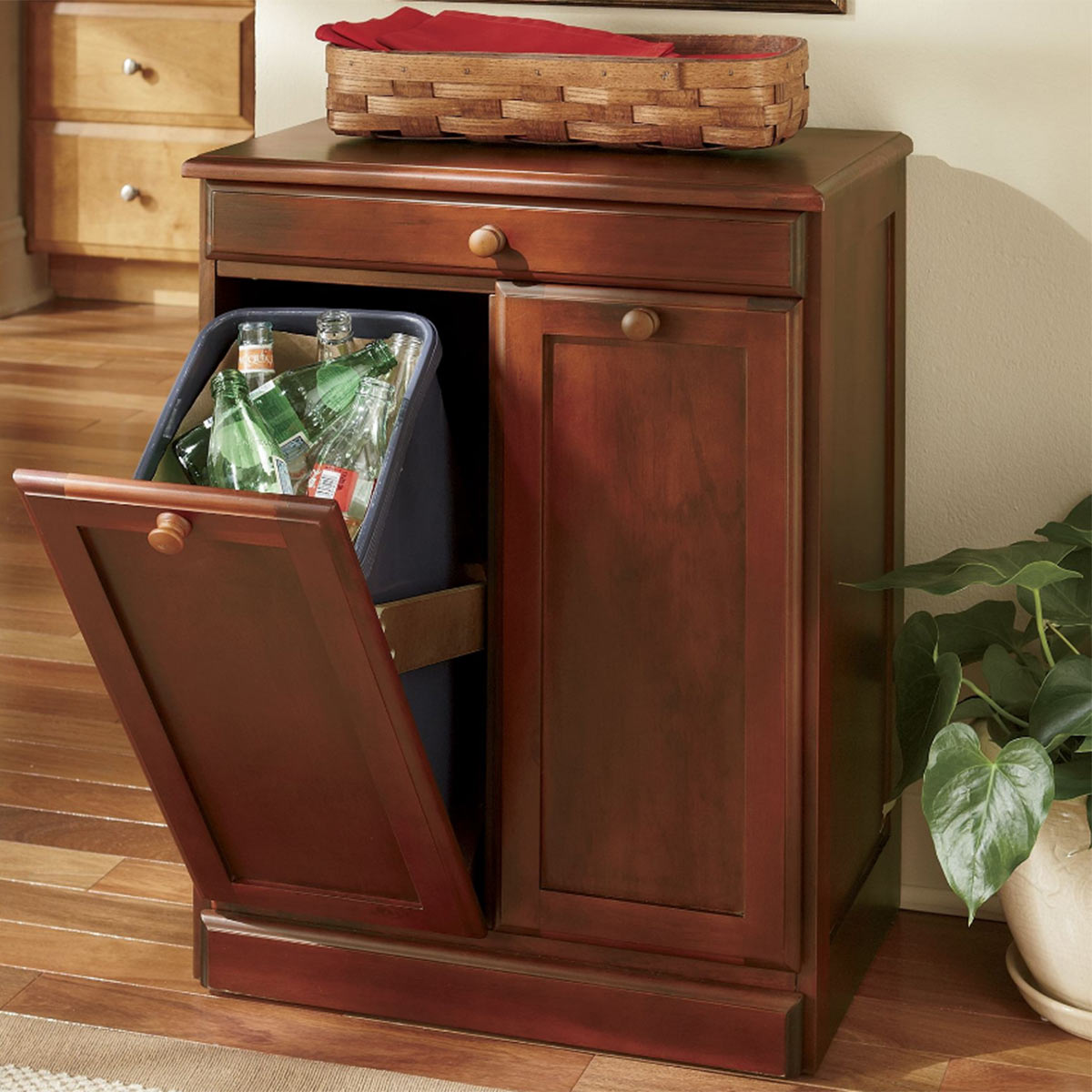
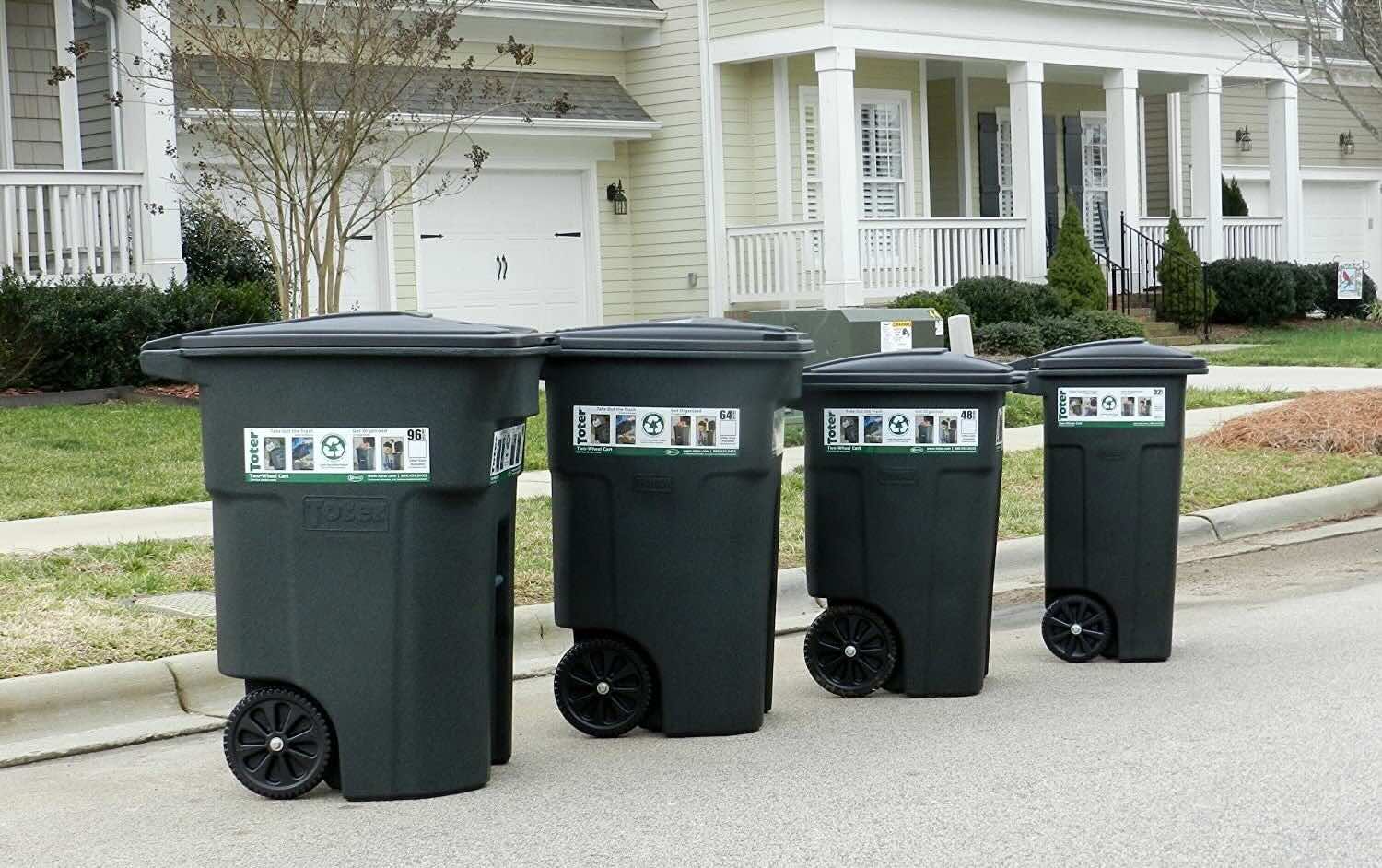
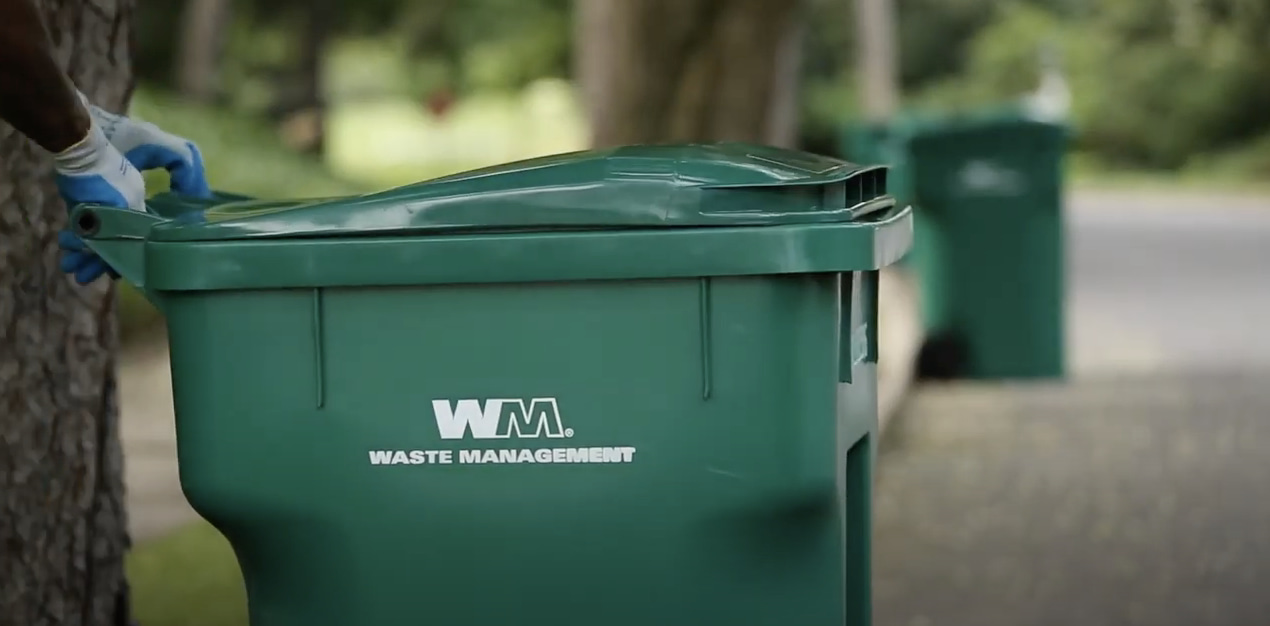

0 thoughts on “How To Get Rid Of Maggots In Trash Can Bleach?”